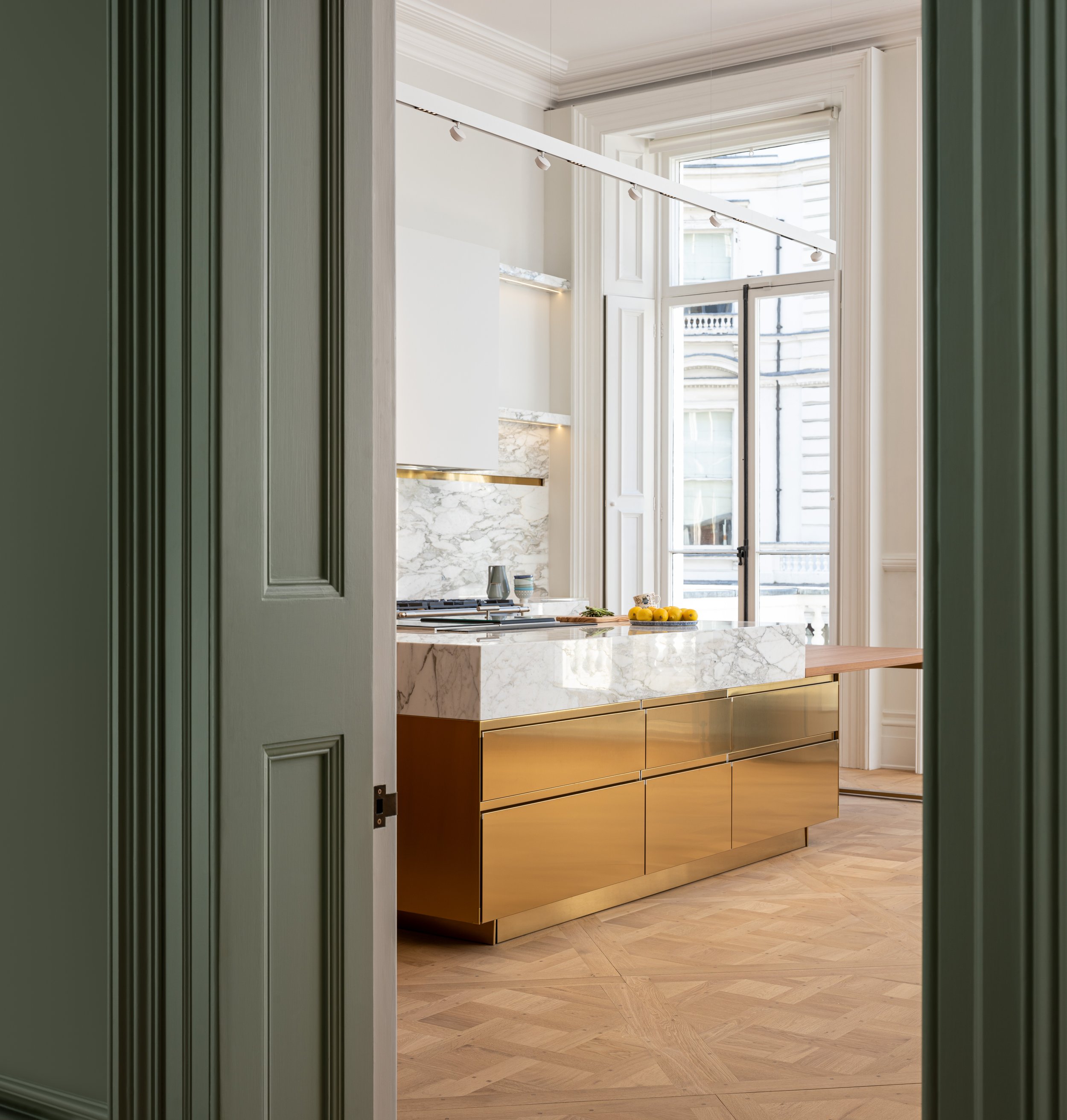Conservation & Heritage Services
Nash Baker Architects specialise in conservation and heritage projects; offering a full range of architectural services for the repair and restoration of historic buildings. These skills also apply in the sensitive design of new buildings, extensions, and alterations in a contemporary or period style, using traditional materials and craftsmanship.
We work with clients, stakeholders and advisers to help get the best outcome for them, and their heritage assets. We feel this is best achieved by thoroughly understanding our client’s aspirations and the unique and special heritage significance of each building, or site, before proposing any intervention.
We are particularly skilled in combining sensitively designed contemporary architecture with historic structures, and are adept at integrating modern technologies within historic buildings to make them environmentally sustainable and fit for modern purposes.
Our attention to detail, and understanding of both traditional and modern materials and construction methods has ensured a living continuity for the historic buildings and places we have worked on.
‘DO I NEED A CONSERVATION ARCHITECT?’ IS ONE OF THE FIRST QUESTIONS THAT ANY OWNER OF A LISTED OR HISTORIC PROPERTY ASKS THEMSELVES BEFORE EMBARKING ON WORK TO THEIR PROPERTY.
We find that some of our clients are ‘accidental owners’ of Listed Properties, and are often unclear upon their obligations or responsibilities when planning to undertake refurbishment or building work for the first time. It is a common misconception that the listing only protects the outside envelope of the property, or what is described within the listing description. However, the listing is merely an identifier for the building, and the property, along with all the contents, interior, and grounds are also covered by the same level of protection. Often this seems illogical when so much of the property may have already been altered, but these changes may also be important developments in the social and environmental history of the property.
With unauthorised works to such buildings being a criminal offence, it is imperative that you have the right team supporting you. Whilst all Architects can work with historic buildings, the RIBA provide additional accreditation for its members who can demonstrate specialised skills and experience within this realm – giving you further reassurance and confidence in your team.
WHAT DOES A RIBA CHARTERED CONSERVATION ARCHITECT DO?
An RIBA Chartered Conservation Architect will:
Guide you through the regulatory process, and advise you of your obligations as an owner of a Listed property
Fully research your property to fully understand areas of higher and lesser significance
Be able to provide creative solutions to ensure that your brief can be delivered
Be able to make robust justification to support such proposals
Be confident discussing such matters on your behalf with local and national Conservation & Heritage Officers
Ensure that the correct materials and details are used which maintain and enhance the property
Know how to successfully combine old and new construction methods
Have experience in resolving site issues involving historic materials, and inspect workmanship during construction
Nash Baker Architects have RIBA Chartered Conservation Architects as part of our team, as well as experienced non-chartered architects, which enables us to offer a cohesive and proactive approach to historic buildings. We are particularly skilled in combining sensitively designed contemporary architecture with traditionally built properties, and integrating modern technologies to make them environmentally sustainable and fit for modern purposes.
MEET OUR CONSERVATION ARCHITECT
Katharine Maclean has been a member of our team since 2013, and has played a key role in many of our projects. She is a fully qualified RIBA Conservation Architect, with an additional MSc in Building Conservation and a BA (Hons) in Interior Design. This rounded skill set enables her to see the ‘bigger picture’ on projects, and she understands how to interrelate these different elements of architecture, design, and conservation in a creative and efficient way. She takes a pragmatic and no-nonsense approach to historic buildings; offering clear advice in a friendly manner.




